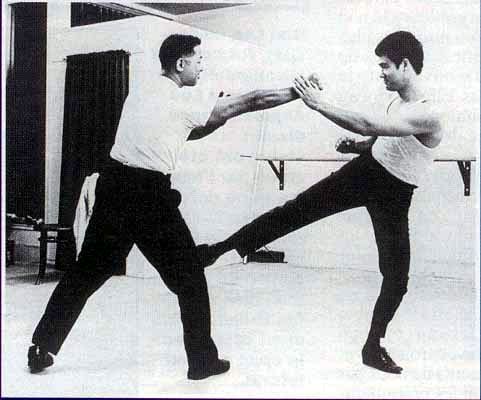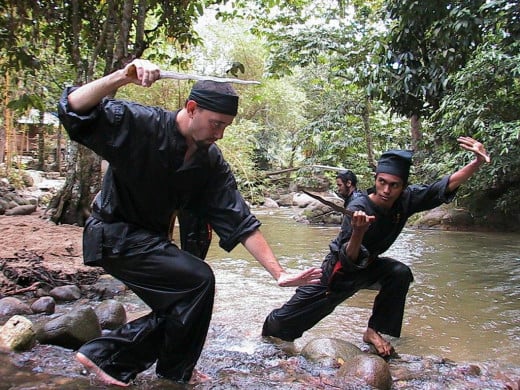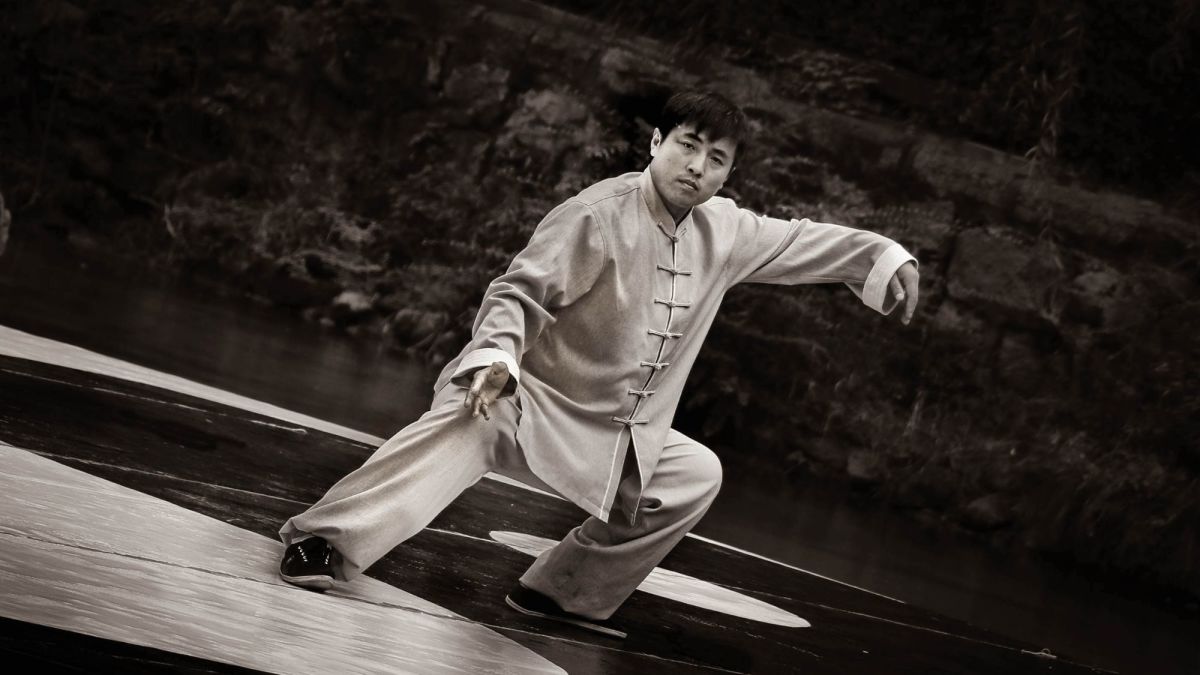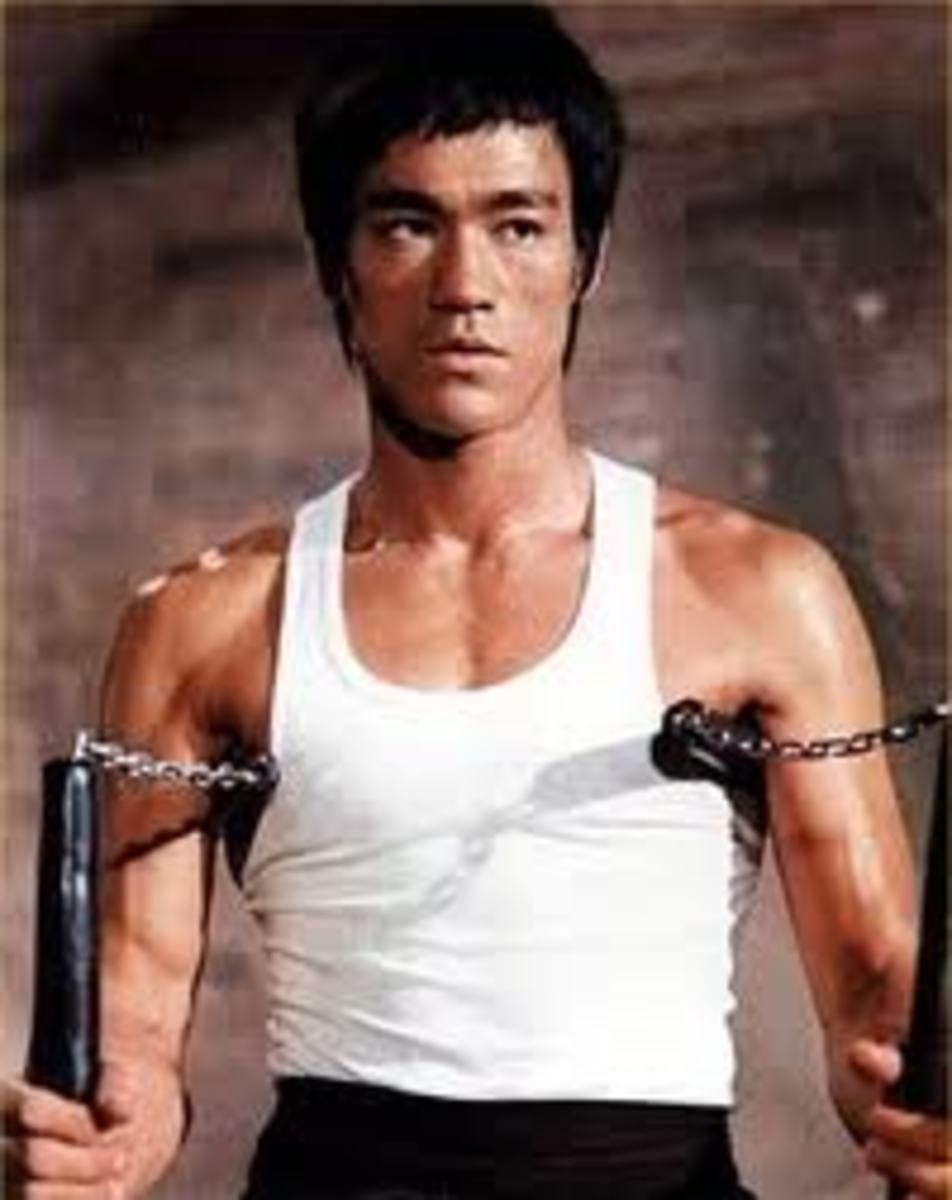A Brief Look at Mixed Martial Arts and if its Original or Not
When I was growing up back in the 80’s and early 90’s, martial arts was kind of this mystical thing that geeks would call upon to get bullies to leave them be: “I know karate” or “kung fu” or something like that. The cat raising its profile and hissing. Anything so that you didn’t sound as defenseless as you looked. Every once in awhile though you would be pressed to identify just what you style you claimed to hail from. More than once I’ve heard the answer, “it’s my own style”.
Of course it was regarded as a cop out answer to hide your own weakness, but at the same time, the comment wasn’t limited to just outcasts and geeks trying to protect themselves. Martial arts flicks were still a thing back then, transplanted from the 70’s thanks to Bruce Lee and Chuck Norris. Many schools tried to capitalize on this boom and many claimed to have created their own style, blended from two or three others they claimed to have mastered. How cool was that? I guess you can say they were among the first to lay claim to the title of mixed martial arts, before it was called that. Or were they?

Claiming the Mantle
Many of these schools claiming to have created their own version often times blended techniques that could practically be blended because each's focus was just too vast from the other. Today, MMA is quite popular and promotes the same strength as those grade school kids trying to defend themselves. Only it’s quite true, its fighters are known to be proficient in two or more other styles and it claims to have inherited this from Bruce Lee himself, who developed his style of Jeet Kun Do. But as part of the underground tension between MMA and traditional martial arts or TMA, many have called bullshit on this claim and that it was just more western bravado to make MMA look special.
So is MMA or for that matter, even Jeet Kun Do or JKD, the unique innovators of blending many styles as hey claim to be?

Legacy
As it turns out, yes and no, and while it may have been a defense mechanism, there is something to be said for those school kids using the backdoor of ‘their own style’. As far as is known, the first mixed combat form was Pankration. Developed in ancient Greece around the 7th century BCE, it was first used during the original Olympic games. A combination of wrestling and empty-handed strikes, as well as submission, it was considered to have few. If the legends are to be believed, even killing your opponent was allowed. It was also said to have been the techniques of many of the ancient Greek heroes like Hercules.
There was also a version that was used in warfare. One possible example is the battle of Thermopylae, where the Spartans resorted to hand-to-hand combat and even biting at the Persians as they faced their inevitable deaths. The Romans applied the style to their own military and it wasn’t until Byzantine Empire that it was outlawed because of its association with other non-Christian religions.
A unique aspect of this style is that it is western in origin, not something we would normally associate with older martial arts. There are many similarities to modern mixed forms in Pankration in its techniques. Potential death matches however would be outlawed immediately today, and given the records, it might be argued that it was even more dangerous than MMA in its early era during the late 1990’s.
Another style that also claims the legitimacy of age would be Silat, out of Indonesia. Like Pankration, it also combined different techniques together, but unlike it, the borrowed techniques came from entirely different cultures. If you watch a Silat fighter, you will see elements of many other known styles including Kung-fu, Jujitsu, and Kali just to name a few. While there is no official source saying definitively where it came from, it is believe by many to have been cobbled together over the centuries by oceanic nomads, pirates, and merchants, given that the Islands lay along an important trade route.
Another difference from the Greek mixed form was that Silat did not have one single form. There are many in fact, each with its different focuses and techniques. One of the most common elements though is its heavy incorporation of weapons. It’s only been recently that Silat is becoming more recognized in the outside world thanks to movies like The Raid. I even heard some say that the style’s fast and lethal forms are leading to a resurgence of martial arts movies as its not flashy like Van Damme’s spinning kicks, a moving wall like Segal’s form of Aikido, or dance-like katas like those done by Jackie Chan and Jet Li. Still, I’ve yet to see it.

Closer to the Modern Era
Going back to Europe, another mixed form was developed in England in 1898 called Bartitsu. Bartitsu used European and Japanese forms to develop something of a three rings of defense. The first ring if you will involved using the walking cane as a form of self-defense and style was well-known for its inclusion in the form. The second ring was the use of hands and feet for both attack and self defense while keeping the attacker away at a distance to help prevent injury. The final ring was grappling techniques from jujitsu and Judo, if the other two rings were broken. In all three however, emphasis was given to speed and landing critical blows rather than being drawn into knockdown-drag out fight, just like its predecessors.
JKD was developed by Bruce Lee during the 1960’s and 70’s. Like with the other styles above, it too drew from other arts and similar to Bartitsu and Silat, many of them from opposing cultures: western boxing, French Savete, Chinese Wing Chun, wrestling and grappling, and so on. However there was something unique to JKD that separates it from both its predecessors and modern MMA.
Bruce Lee was a hard core philosopher as well as a former street fighter. He had studied many different forms in order to understand them and to better express the human body as he believed, besides improving fighting. JKD consequently is more of a philosophy than a fighting style. There was a philosophy behind almost every move that was done.
While there was most certainly combative techniques ranging from eye-gouges and biting, to holds and trappings, it was all motivated by the philosophy of adaptation and interception. JKD’s core element is the saying, ‘the best defense is a good offense’, so any techniques specific to JKD often involve both blocking and attacking instead of one then the other. It was also developed to be inclusive of any style, not to isolate others from it.
I studied some JKD and found its philosophy of adaption extremely useful in other areas from council meetings to relationships. And all though I will not slam any martial art as suck-ass or obsolete, I’ve yet to see one that so fluently translates from one aspect of life into the other. But that’s just me.
Modern MMA has inherited the borrowing of native and foreign styles such as boxing, Brazilian Jujitsu, and Muay Thai. It is definitely a mixed style, though its fights seem at times to lack any technique. My old Aikido master once referred to it as ‘human cock-fighting’. Its focus is battle within the ring. It can and has definitely been used in street fight scenarios, but its emphasis is on the rules of the ring and one vs one battle.
MMA often tends to be unique in its heavy emphasis on physical conditioning, something many other styles don’t lean on as much. I’ll be the first to admit that if I was fighting an MMA fighter in the ring by their rules, he or she would probably outlast me and I would probably lose. That kind of conditioning is impressive, on the level of the ancient Pankration style of old. That would be good to remember if you’re a TMA or street fighter and you ever fight one.
Largely forgotten, Robert Downey Jr's recent portrayal of Sherlock Holmes gives some insight into what Bartitsu was like.
Originator or Imposter?
So back to the original question of this article: are MMA and JKD the original godfathers of mixed-martial arts?
No, in the sense that humanity has been doing that for as long as we have been fighting and mixing and learning from other cultures. There’s no shame in that though. ‘We stand on the shoulders of giants’ as the saying goes after all.
Yes, in the sense that they each bring something different to the table of human physical combat. JKD for its drive and influence on being a more philosophical idea made manifest, and MMA for its blending not only of other styles, but conditioning and adaptation. Anyone of these fighters can proudly say what the kids on my old play ground use to say and mean it,” I have my own style.”, and there will no doubt be other new, mixed hybrids in the future. If there is one thing that all mixed martial arts have throughout the ages, is that they have always been very creative. And that is a positive human trait.








